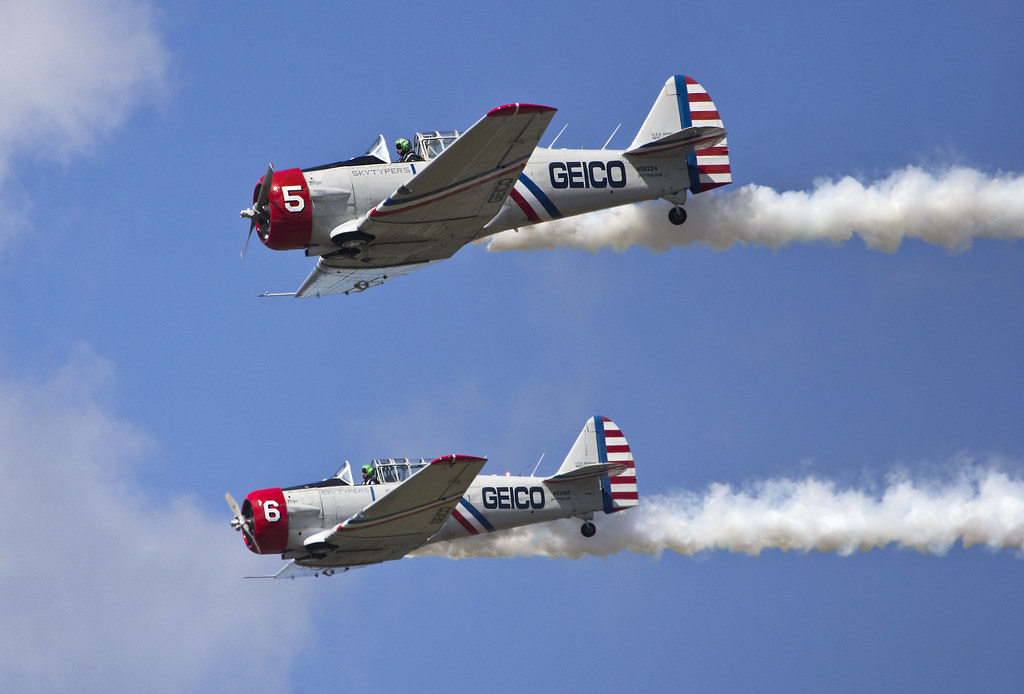fishing4sanity
No longer a newbie, moving up!
- Joined
- Oct 7, 2009
- Messages
- 888
- Reaction score
- 2,251
- Location
- Eastern Washington
- Can others edit my Photos
- Photos OK to edit
My main photography interest is wildlife and birds, I've got an older Canon 100-400 lens and a 7D. I'll say upfront that I'm sure the guy pushing the buttons is holding back the potential of the equipment, and not the other way around. I'm always trying to get sharper images, seems like I get quite a few soft images, and I can rarely get as close as I would like to the birds/critters. I'm wondering if a used lens, such as the Sigma 500 f4.5 would make a noticeable improvement in both these areas, image quality and filling the frame? Looking for thoughts on zooms versus long primes, or if I need to just accept that what's behind my camera is the real problem. Thanks.









![[No title]](/data/xfmg/thumbnail/36/36662-242aa39f5cb3a23494857864779f669b.jpg?1619737675)









![[No title]](/data/xfmg/thumbnail/42/42024-bf0604d67b26c7acb5e4d59254692618.jpg?1619739981)